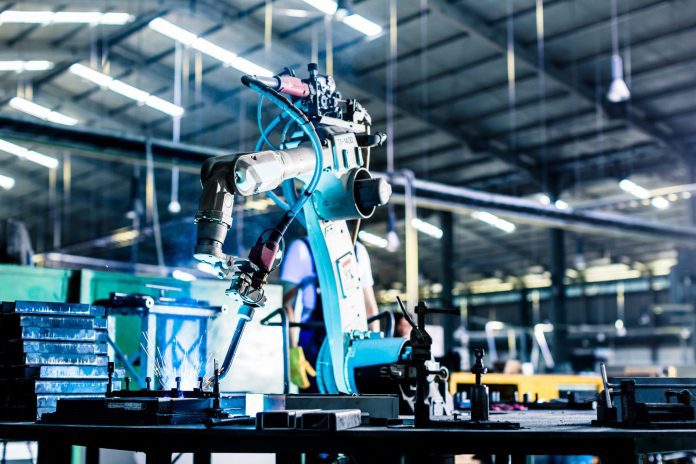What is automated quality assurance and how it could improve manufacturing processes?
Quality assurance (QA) is a way of preventing mistakes and defects in the manufacturing process and avoiding problems when delivering products or services to customers. The terms “quality assurance” and “quality control” are often used interchangeably to refer to ways of ensuring the quality of a service or product.
Quality control inspection is a key aspect of the manufacturing process for most companies and industries. Companies are investing heavily in quality control systems, because a small error in the production process can result in a massive loss for the company.
Companies can implement non-automated quality control, which is a system that requires a large human force that results in increased costs and is not 100% reliable. On the other hand, automated quality control enables manufacturing companies to reduce costs and improve control efficiencies.
Automated manufacturing quality control also aids in real-time tracking of the manufacturing process through machine vision cameras. By installing automated quality control systems, manufacturers can identify and address any errors in the production process faster and more accurate compared to non-automated systems.
What are the main benefits of automation in quality assurance?
Some of the key benefits of automation in quality assurance are that these systems enable an early detection of production errors, which result in significant saving for manufacturers. Additionally, an early detection of errors also helps to reduce repair costs in the manufacturing process.
Automated software is implemented by manufacturers to collect relevant quality inspection data that can be assessed to identify errors or areas of improving in the manufacturing process.
More and more manufacturers are adopting automated quality control systems in order to reduce quality control costs. Automated quality control systems also enhance overall product quality, increase throughput, mitigate obsolete manual inspections, and improve competitiveness.
According to Canadian company Creaform, automated inspections virtually eliminate all the cons associated with completely manual inspections and inspections conducted with a traditional CMM.
“Oftentimes, manufacturers will choose a customized robot-mounted optical CMM 3D scanner or a turnkey 3D scanning coordinate measurement machine to optimize production cycles. They require no human involvement, except for loading and unloading, and enable automatic inspections at very high rates,” the company said. “These automated quality inspection systems are used for many different applications, including inline and at-line FAIs, in-process inspections of parts and tooling, assessing supplier parts, and digitalizing quality control measurements for traceability and archiving.”
Creaform noted that automated inspection systems offer many benefits that improve the quality of parts and complete products. “With a lack of experienced CMM operators, manufacturers are increasingly turning to automated quality control solutions to not only eliminate production bottlenecks but also improve the quality of the parts being inspected as automated systems are impervious to human error. Furthermore, qualified employees can be assigned to more added-value tasks, such as data and inspection analyses.”
The firm also highlighted that automated quality control improves inspection measurement reliability as accurate measurements on complex parts and high throughput production lines is assured with automated inspections.
“These systems can capture more data for large quantities of parts faster. Combined with sophisticated reporting capabilities, manufacturers can make better decisions based on more reliable results from a higher number of components.”
For more 5G manufacturing content, check out the following:
- What is 5G manufacturing and what does it mean for productivity?
- Top 5 5G manufacturing use cases
- Three 5G manufacturing case studies: Audi, Haier, Bosch
- What’s the role of a digital twin in smart manufacturing?
- 5G manufacturing use case spotlight: Automated guided vehicles
- 5G manufacturing use case spotlight: Real-time video analytic
- How to improve Overall Equipment Effectiveness with 5G
- 5G manufacturing use case spotlight: Additive manufacturing
- What is lean manufacturing and how can 5G help?
- Top 5 5G manufacturing use cases
- What’s the role of AI in 5G manufacturing?
- What is a digital thread and what does it mean for manufacturers?
- What’s the role of edge computing in 5G manufacturing?
- 5G manufacturing use case spotlight: Industrial automation
- 5G manufacturing use case spotlight: Troubleshooting using a digital twin
- How can 5G enable industrial IoT manufacturing implementations?
- 5G manufacturing use case spotlight: AR remote assistance
- Do industrial IoT manufacturing implementations need 5G?
- 5G manufacturing use case spotlight: Supply chain optimization
- 5G manufacturing use case spotlight: Collaborative robotics
- What is discrete manufacturing and does 5G have a role to play?
- What is Time Sensitive Networking and how does it impact 5G manufacturing?

